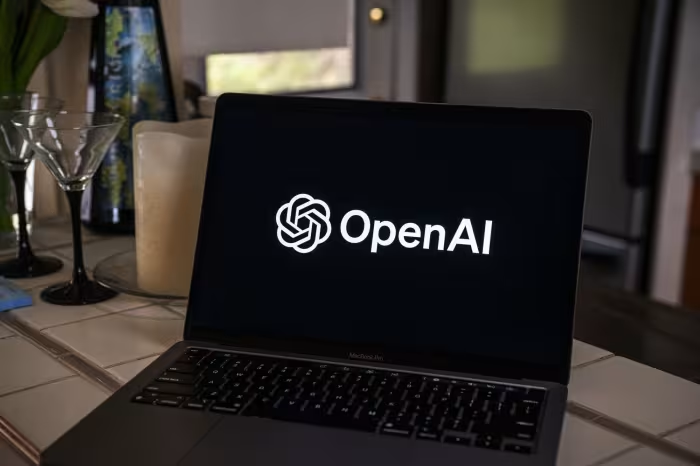
Exploring the Internet of Things: Tools and Techniques for Investigation
The Internet of Things (IoT) has revolutionised our interactions with technology. It connects billions of devices, from smart home devices and wearables to industrial machinery, enabling seamless data exchange and automation. However, this connected world also raises questions about security, privacy, and reliability if you’re an investigator, researcher, or enthusiast, understanding IoT and the tools available to study it is essential.
What is IoT?
The Internet of Things refers to a network of physical devices embedded with sensors, software, and connectivity that allows them to exchange data over the Internet. Examples include smart thermostats, fitness trackers, connected vehicles, and industrial equipment. These devices collect data, interact with each other, and often operate autonomously, making them integral to modern life.
IoT operates through various communication protocols, such as Wi-Fi, Zigbee, Bluetooth, and MQTT. Each protocol presents unique challenges for investigators, from understanding data flows to uncovering vulnerabilities.
Tools for Investigating IoT Devices
These tools can provide valuable you’rets if you’re monitoring, analysing, or securing IoT systwe’veBelow, we’ve compiled a list of tools, their use cases, and links to their official websites.
1. Network Monitoring and Analysis Tools
- Wireshark: A powerful network protocol analyser that captures and inspects traffic from IoT devices. It is ideal for identifying communication patterns and detecting anomalies.
- tcpdump: A lightweight, command-line packet capture tool for analysing network traffic suitable for IoT environments.
- Fing: A network scanner that identifies all devices on your network, helping you map IoT infrastructures.
2. IoT-Specific Penetration Testing Tools
- IoT Inspector: A tool for analysing the security and traffic of IoT devices connected to your network.
- Attify IoT Toolkit: A comprehensive set of tools for penetration testing IoT devices, including hardware and firmware analysis.
- Shodan: K”own as the “search eng”ne for IoT,” Shodan lets you discover and monitor internet-connected devices globally. It is often used to identify exposed or vulnerable systems.
3. Firmware Analysis Tools
- Binwalk: An open-source tool for reverse engineering firmware to uncover vulnerabilities.
- Firmadyne: A framework for emulating IoT firmware and testing it for security flaws.
4. IoT Device Management Tools
- OpenHAB: An open-source platform for managing and integrating IoT devices, offering detailed insights into their behaviours.
- Home Assistant: Another open-source platform for controlling and monitoring IoT devices, widely used in smart home setups.
5. Cloud Monitoring Tools
- AWAmazon’sre: Amazon’s platform for monitoring and managing IoT devices in a cloud environment.
- AzuMicrosoft’s Microsoft’s solution for IoT device management and data analysis.
6. Radio Frequency Analysis Tools
IoT devices often use non-Wi-Fi protocols, such as Zigbee or Z-Wave. Analysing these requires specialised tools:
- HackRF One: A software-defined radio (SDR) for analysing IoT device communications.
- RF Explorer: A handheld spectrum analyser for troubleshooting and monitoring radio frequencies.
7. IoT Vulnerability Scanners
- Nessus: A vulnerability scanner capable of detecting risks associated with IoT devices.
- IoTSeeker: A free tool designed to find and evaluate insecure IoT devices in your network.
8. Open-Source Intelligence (OSINT) Tools
- Censys: A search engine for internet-facing devices and services, complementing Shodan for IoT discovery.
- Shodan: As it’sioned, it’s invaluable for locating IoT devices worldwide and assessing their exposure.
Practical Tips for IoT Investigations
- Understand Protocols: Familiarise yourself with standard IoT communication protocols like MQTT, CoAP, and Zigbee.
- Secure Your Environment: Use isolated networks or virtual labs to test IoT devices and prevent accidental breaches.
- Check for Default Credentials: Many IoT devices have default usernames and passwords, making them vulnerable.
- Inspect Data Flows: Use tools like Wireshark or IoT Inspector to monitor the data exchanged by devices.
Final Thoughts
The Internet of Things is transforming industries and homes alike, but it also introduces new challenges for security and privacy. Using the tools and techniques mentioned above, investigators and researchers can better understand and secure IoT environmentyou’rether you’re uncovering vulnerabilities, diagnosing issues, or simply exploring the technology, these resources are indispensable.
Would you like to learn more about any specific tool or technique? Let us know in the comments below!



